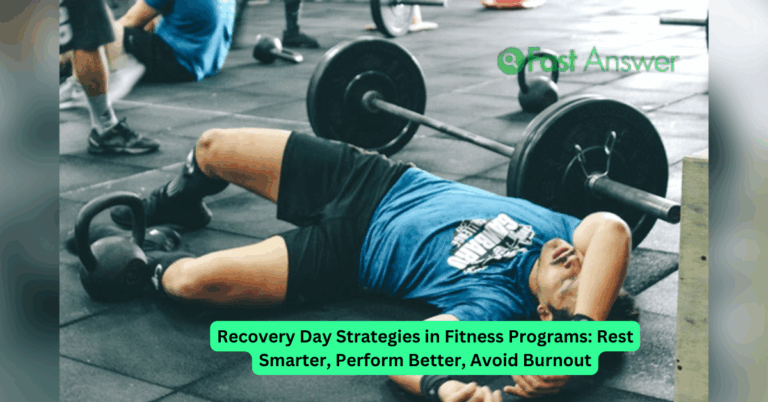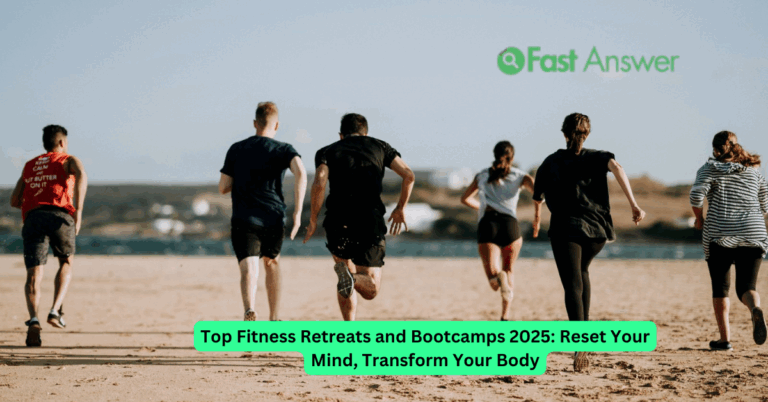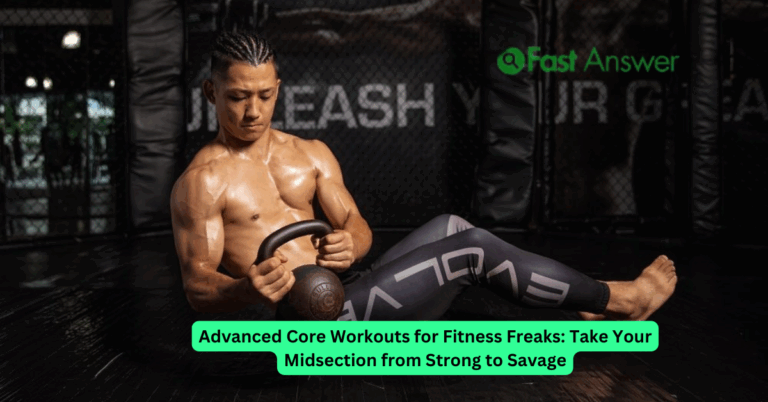Best Fitness Equipment for Beginners: Start Strong Without the Overwhelm
Stepping into the world of fitness can feel intimidating, especially when you’re met with endless choices of gear, machines, and gadgets. But the truth is, you don’t need a full gym setup to get started. The best fitness equipment for beginners is affordable, space-friendly, and versatile enough to help you build strength, improve endurance, and stay consistent. Whether you’re starting your journey at home or in a small gym, this guide helps you focus on the tools that truly matter so you can move with confidence, avoid injury, and make steady progress from day one.
Why Resistance Bands Are the Unsung Heroes of Home Fitness
If you’re looking for one piece of equipment to kickstart your journey, resistance bands are a top choice. They’re lightweight, portable, and surprisingly powerful when it comes to strength training, mobility work, and injury prevention. Resistance bands allow you to perform full-body workouts using your own bodyweight while adjusting the intensity with ease. Perfect for beginners, they help build foundational strength and control, especially for movements like squats, rows, presses, and glute bridges without putting excess strain on your joints.
Dumbbells: Simple, Scalable, and Surprisingly Effective
When it comes to strength training, dumbbells are a timeless essential. They allow you to train one side of the body at a time, which helps correct imbalances and improve coordination. Start with a light-to-moderate weight set and focus on mastering the form for basic movements like lunges, bicep curls, shoulder presses, and deadlifts. Dumbbells also grow with your progress you can easily scale your workouts by increasing reps, sets, or weight as your strength improves, making them a long-term investment for your fitness journey.
Stability Balls Help Build Core Strength and Posture
Often overlooked, the stability ball is an incredible tool for developing core strength, improving balance, and supporting flexibility. For beginners, it’s a low-impact way to engage your core during exercises like crunches, planks, and wall squats. It also doubles as a mobility tool and can even be used in place of a desk chair to encourage better posture throughout the day. If you’re just starting out and want to improve body control while avoiding joint stress, a stability ball adds an effective and fun twist to your routine.
Jump Ropes: Boost Cardio Without Leaving the House
If you want to build cardiovascular endurance and burn calories quickly, a jump rope is one of the best low-cost tools available. It improves coordination, footwork, and timing, all while delivering a full-body cardio challenge. Unlike bulky machines, jump ropes require little space and can be used virtually anywhere. For beginners, start slow with short intervals and build up your rhythm and duration. As your stamina grows, jumping rope becomes an efficient and engaging way to boost heart health and overall conditioning.
Yoga Mats Set the Foundation for Safe, Comfortable Movement
A good yoga mat isn’t just for stretching or meditation it’s a foundation for safe movement. Whether you’re doing bodyweight strength training, core workouts, mobility drills, or cooldown stretches, a mat provides traction and cushioning to protect your joints and spine. It helps define your workout space and signals to your brain that it’s time to move with intention. For any beginner building a consistent home routine, a yoga mat is an essential and often underappreciated part of the setup.
Frequently Asked Questions
What’s the most budget-friendly fitness equipment for beginners?
Resistance bands and jump ropes are cost-effective, versatile, and perfect for building strength and cardio fitness at home.
Do I need machines to get started with fitness?
Not at all. Bodyweight exercises, dumbbells, and basic tools like bands or mats offer everything you need to build a strong foundation.
How do I know which equipment to start with?
Focus on your fitness goals strength, flexibility, cardio and choose equipment that supports those areas while fitting your space and budget.
Is it okay to use home fitness gear instead of going to a gym?
Absolutely. Many people achieve excellent results with home equipment, especially when consistency and proper form are prioritized.
How often should beginners work out with their equipment?
Start with three to four times a week, mixing strength, cardio, and recovery sessions while gradually increasing intensity and variety.



